15 Great (Train) Day Trips in Europe
If there’s one thing avid travelers like to do, it’s to cram as many experiences as possible into a vacation. One good way to do it is to take a day trip or two at your primary destination. This is especially easy to do in Europe where there is such a wealth of interesting places within easy reach of most major cities. Here are 15 affordable day trips by train that are guaranteed to enhance your travel experience.
By Jim Ferri
Whenever and wherever I travel, I always push the envelope a bit.
Usually, this entails cramming as much sightseeing as I can in whatever time I may have. One thing I do is to take one-day side trips outside my primary destination.
It works well in large cities almost anywhere in the world, but exceptionally well in Europe where major places of interest are often close together, and all connected by an excellent rail system or a good network of highways.
All over Europe, you’ll find a treasure trove of one-day trips that are well worth tacking an extra day onto your itinerary. They’re all easily doable since you can do them by train from a rail station usually located in the center of each city.
Here are 15 of my favorite day-trips, all easily doable by train and relatively inexpensive. Many are only a one-or-two-hour ride each way, although two are 2½ hours. On the other hand, four are an hour or less, one only 15 minutes.
All prices quoted are for one-way tickets, based on information from Rome2Rio.com, a great site to use in your travel planning. If you have a Eurail Pass these trips may be completely “free”, depending on the type of pass you’ve purchased, but just check in advance whether you’ll need to make a reservation.
Also, ensure that you’re leaving from the correct station since major cities often have several rail stations.
Also, ensure that you’re leaving from the correct station since major cities often have several rail stations.
Dublin – Belfast
2¼ hours | $35-50
Belfast is more that just the capital of Northern Ireland. It’s a charming and fascinating city with plenty to do. For starters, don’t miss the Titanic Museum, an incredible place that not only tells the story of the building of the great, ill-fated ship but also of life in Belfast at the time. Don’t miss Belfast Cathedral, St. George’s Market (open on Fridays only), the Crown Liquor Saloon. The best way to get a good overview of the city is to take a tour with a driver in one of the city’s famous Black Taxis, which will also give you access to the once-troubled Catholic-Protestant neighborhood.
Madrid – Segovia
90 minutes | $24-33
Because of Madrid’s central location in Spain, many travelers take day trips from the Spanish capital. A great number opt for Toledo, the former home of the artist El Greco, about a half-hour train ride south of the city. Madrialeños, though, head north to Segovia, a wonderful old town with medieval walls, a former royal palace, and a great ancient Roman aqueduct, still intact in the center of the city. They don’t come here for a history lesson, but for the food since Segovia is a renowned food town. Wander the old streets and lanes and then have a leisurely lunch in one of the cafés on the Plaza Mayor near the Gothic Cathedral (the last built in Spain), or beneath El Acueducto in the Plaza Azoguejo.

Brussels – Bruges
70 minutes | $13
Little Bruges is one of the most popular tourist destinations in Belgium. It’s an incredibly charming stunningly beautiful city where the compact city center is closed off to cars. You can easily explore it on foot, by boat along quiet canals, or by horse-drawn carriage on cobblestoned streets. Visit the old Markt Square, the serene Begijnhof, the superb 11-room Groeninge Museum, and take a canal tour. One of the city’s biggest draws is it numerous chocolate shops, each which has its aficionados. It’s worth a trip just to take a chocolate tour of the city.
Brussels – Ghent
40 minutes | $8
While many travelers set their sights on popular Bruges, even closer to Brussels is Ghent, a magnificent city that like Bruges is also crossed by canals. The difference is that Ghent is more spread out and has many broad open spaces in addition to a wealth of beautiful architecture. In fact, there are more listed historic buildings in Ghent than in any other Belgian city. In medieval times, Ghent was one of the largest cities in Europe, second only to Paris and today it continues to have an abundance of museums and galleries.
Amsterdam – Delft
57 minutes | $9-12
loading...
I returned to Delft after many years and found it as charming as ever. It’s so close to Amsterdam, and just a stone’s throw from Rotterdam, and it’s charming with old brick buildings, brick streets, brick sidewalks and more bikes than you can count. It’s a quiet place that beguiles you with its shops, its cafes and restaurants and centuries of culture that beckon from all over town. Be sure to relax with a drink in one of the cafés in Markt Square, which sits between the bookends of the old Nieuwe Kerk (New Church) and the ornate city hall.
Frankfurt – Heidelberg
60 minutes | $24-35
Heidelberg is not only one of Germany’s most picturesque cities, but it also hold the record for the most day-trippers every year, about 3 million in all. Once the center of political power, it’s a lively, beautiful university town (the first university in Germany) that’s great for walking and wandering, from the Old Bridge on the Nectar River up to the world-renowned castle above the city. Although the castle is mostly in ruins be sure to visit it – in addition to boasting the largest wine barrel in the world, it also provides beautiful views of the city below.
Salzburg – Hallstatt
2½ hours | $27-$36
While this is a relatively long trip either by train or bus (if you’re in a rush you can make this trip by car in about one hour), you’ll be rewarded with the sight of what is often called “the prettiest lakeside village in Austria.” (And to tell you the truth, that may be an understatement.) If you arrive by train at the tiny station, you board a ferry that takes you across the lake to the town. The trip to Hallstatt takes you through the Salzkammergut, the stunning Lake District in western Austria, best known to Americans for its meadows and mountains in the opening scenes of the “Sound of Music.” It’s an easy town to amble about, with plenty of little cafés sprinkled about.
Munich, Germany – Salzburg, Austria
90 Minutes | $30-45
Salzburg is an incredibly beautiful city made for walking. Visit beautiful Mirabell Gardens, where parts of the Sound of Music were filmed, then cross the river into the old town. There you’ll feel that you’ve stepped back into another century, and you can wander about it for hours. Visit Mozart’s birthplace (9 Getreidegasse), Salzburg Cathedral, and the famous Residenzplatz. Go for a carriage ride but be sure to leave time to while away time in a café.
Paris – Versailles
15 minutes | $2-3
If you visit no other château in France, visit Versailles, considered the quintessential royal residence in Europe. It began life as a hunting lodge in the 17th century but was later transformed by Louis XIV into the largest palace in Europe, capable of housing 20,000 people. The Treaty of Versailles, which brought World War I to an end, was ratified in its famous Hall of Mirrors. Look out the window in the hall for a view of the palace’s incredible formal gardens. Almost 2,000 acres in size, they took 40 years to complete.
Paris – Dijon
90 minutes | $55-65
Dijon, the capital of Burgundy, is so famous for its food and wine that some Parisians travel there on the super-fast TGV just for lunch. Join them, but also wander about the old city and admire its beautiful architecture. Visit the Palais des Ducs, where the Dukes of Burgundy (responsible for all those beautiful buildings) once held court. Today it’s home to great art treasures, as is the well-regarded Musée des Beaux Arts and several other excellent museums scattered about the city. Visit the merchants’ quarter in the old town where medieval half-timbered houses still line the street. And, of course, buy some mustard to take home.
Rome – Naples
70 minutes | $27-40
Many travelers who visit Naples only stay briefly, since they’re often on their way to the Amalfi Coast, the islands of Capri and Ischia, or Pompeii. Naples isn’t a popular destination for travelers in Italy, since it’s a somewhat chaotic and dirty and its massive garbage and crime problems are world-renown. Still, though, it retains a charm for some. The old center of the city is crowded with churches, monasteries, and convents. In the center, you’ll also find the Museo Archeologico Nazionale, a world-renowned archeological museum. The capital of Campania, the city, provides a good introduction to southern Italian cooking, including its famous pizza.
Rome – Florence
90 minutes | $30-45
One of the great cultural capitals of the world, Florence remains a monument to the Renaissance. The city is home to innumerable cultural treasures that you’ll find in numerous world-famous museums and galleries. Seek out Michelangelo’s David, the beautiful Duomo and its Baptistry, Santa Croce, the Ponte Vecchio, the Uffizi, the Piazza della Signoria…the list is near-endless. As the capital of Tuscany, it’s also renown for its food and wine. One needs to spend days or weeks in Florence to get a taste of the city’s gastronomic and cultural banquets. But if you’re short on time and want to make a quick day-trip outside of Rome, this is your place.
Milan, Italy – Lugano, Switzerland
70 minutes | $25-28
Here’s the best of two worlds – the ambiance of Italy combined with everything-works-on-time Switzerland. Lugano is Switzerland’s “Little Italy,” a place where attitudes, customs and food are more Italian than anywhere else in the country. Even many of its buildings are built in Italianate Lombardy style. Stroll along its palm-lined lakeside or across one of its piazzas and you’ll see for yourself. The center of the city is a cluster of little neighborhoods, each with a different feel, that spill out into numerous small piazzas. Every October it hosts the Festa d’Autunno, which features gastronomic delicacies, wines, and typical regional products.
London – Bath
90 minutes | $74
Popular as a day-trip from London, Bath offers a glimpse into both Roman (with the best-preserved ancient temple and baths in Northern Europe) and 18th-century Georgian Britain. In addition to visiting the Roman baths also visit the adjacent Bath Abbey, built in 1499, and the Royal Crescent, often called the most majestic street in Britain. Number One Royal Crescent, a home-museum that provides a glimpse into aristocratic life in the 18th century, is quite interesting. From there walk up to the Circus and over to the Jane Austen Centre. The small Holburne Museum, on the other side of the city, provides a nice short museum experience for day-trippers.
Lisbon – Coimbra
2 hours | $18-23
A city of medieval churches and a maze of medieval streets, Coimbra is so picturesque you’ll think you’re in another time, which is likely why some consider it the most romantic city in Portugal. Although it was once the capital of Portugal, today Coimbra is better known for its university, one of the oldest in Europe. All around the city, you’ll still see students, identified by the black capes they still wear. Visit Santa Cruz Monastery, a national monument and the resting place of two of Portugal’s early kings, and Convent of Santa Clara, the final resting place of the former Portuguese Queen St. Isabel. Wander around the old town near the tourist office near the river and you’ll find a miniature “best of” Lisbon all rolled into one relatively compact area.

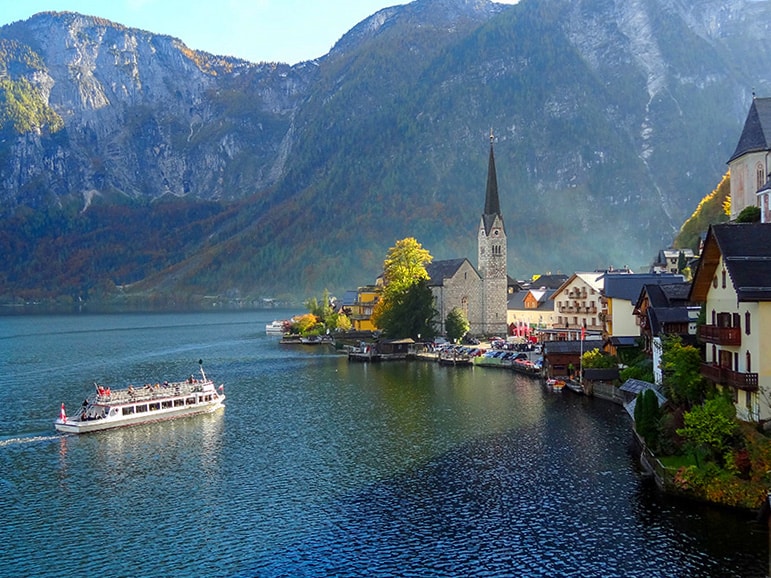
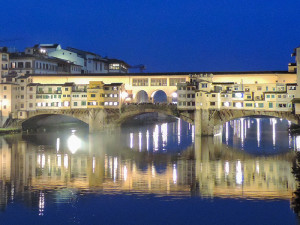
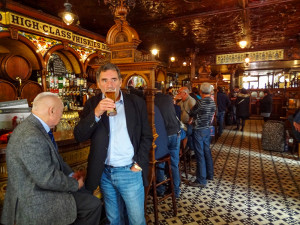
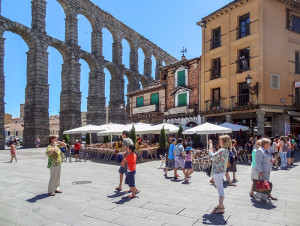
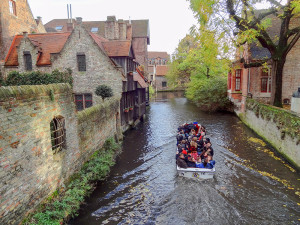
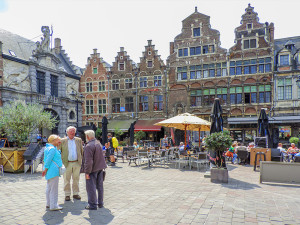
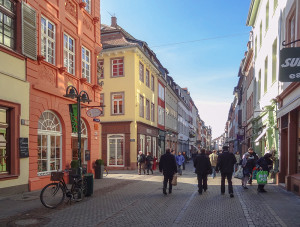
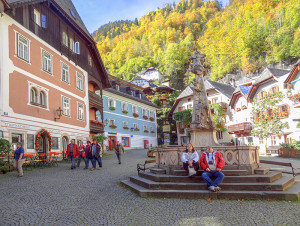
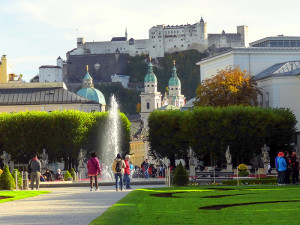
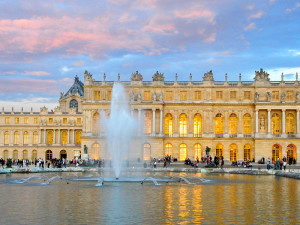
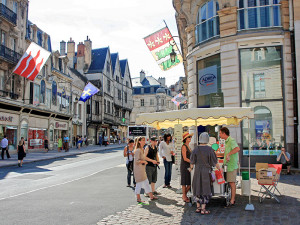
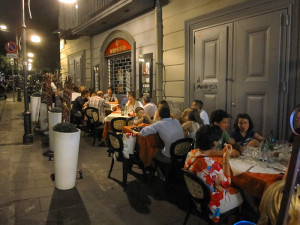
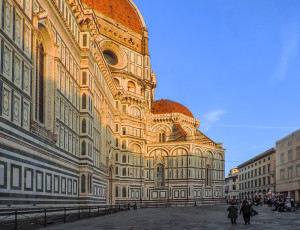
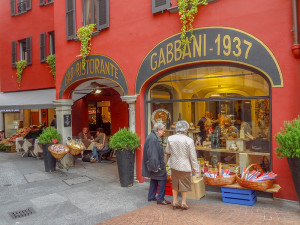
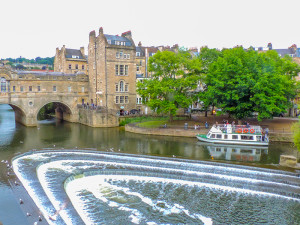
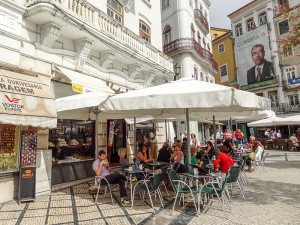

0 Comments